Fast and Accurate Water Softener Setup
Water softener systems are essential for improving water quality by reducing mineral content, such as calcium and magnesium. Proper installation ensures optimal performance and longevity of the system, contributing to better appliance function and water clarity.
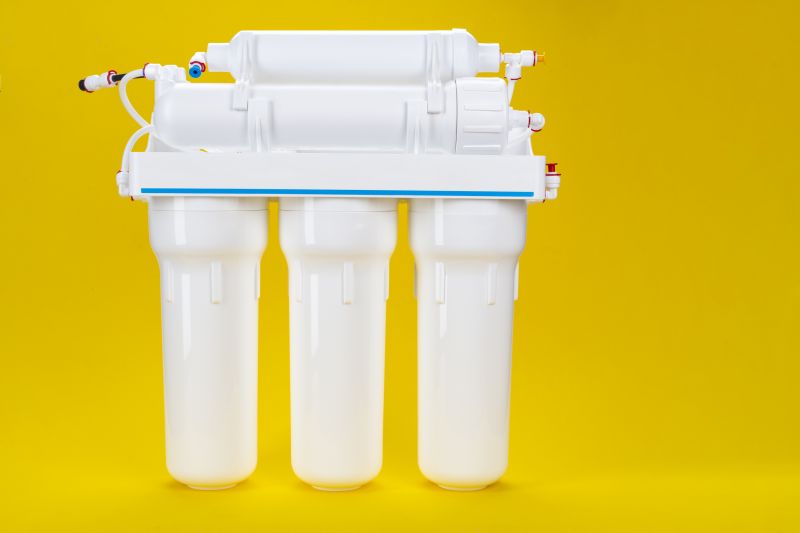
Professional installation ensures the water softener is correctly connected to the plumbing system.
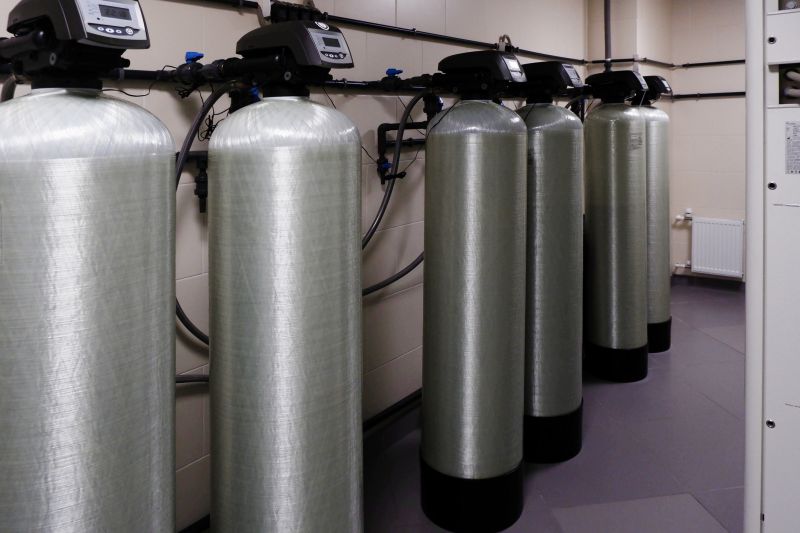
Tools and components used during the water softener installation process.
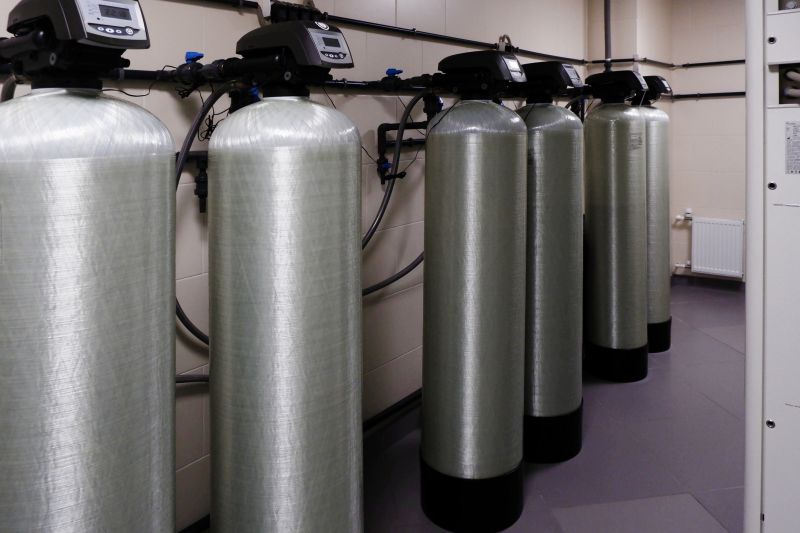
Water softening systems installed to treat mineral-heavy water supplies.
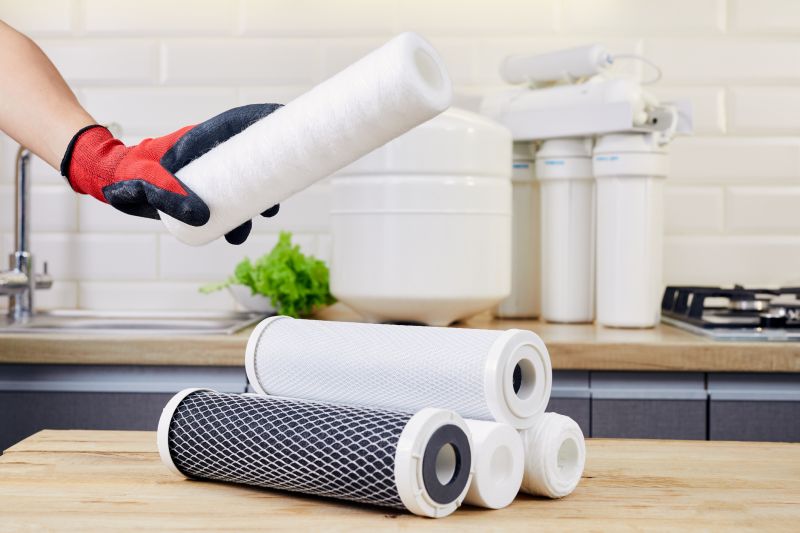
Systems installed in homes to improve water quality and appliance efficiency.
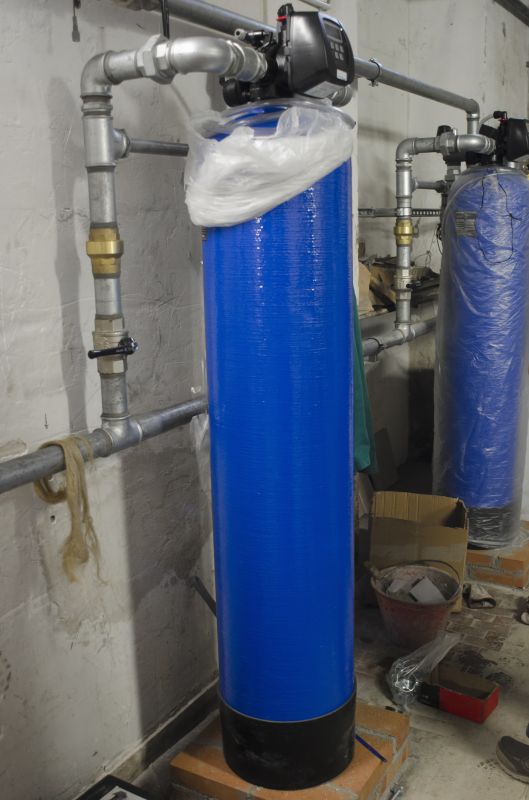
Large-scale systems installed for businesses and industrial facilities.
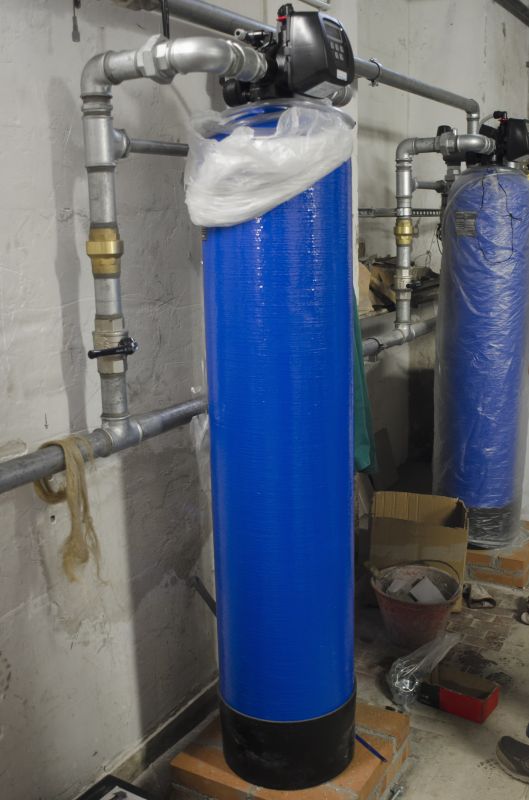
Assessment and preparation before installing a water softener system.
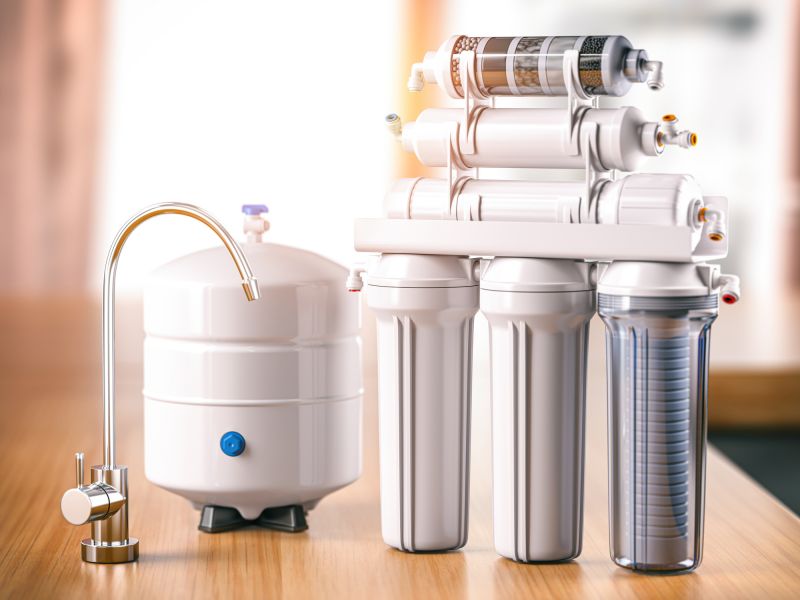
Final checks to ensure the system functions as intended.
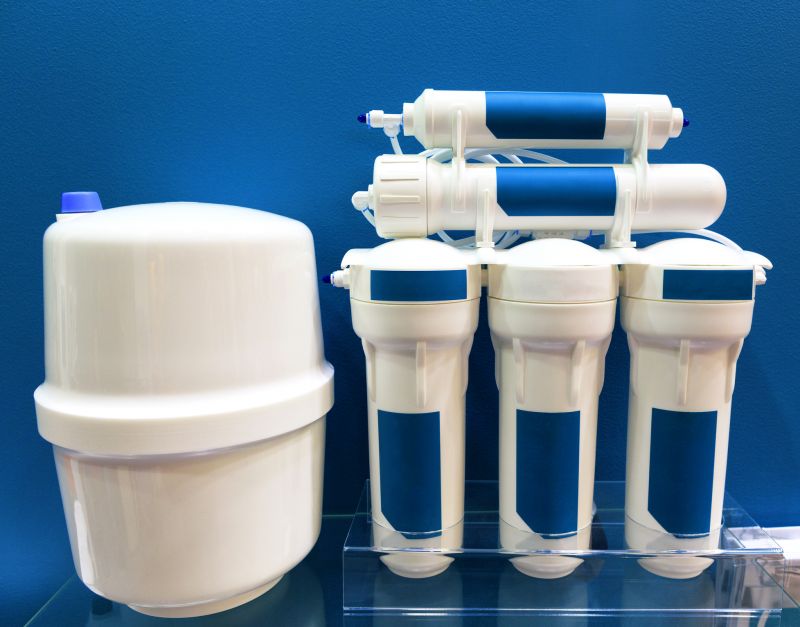
Key parts involved in the installation process.
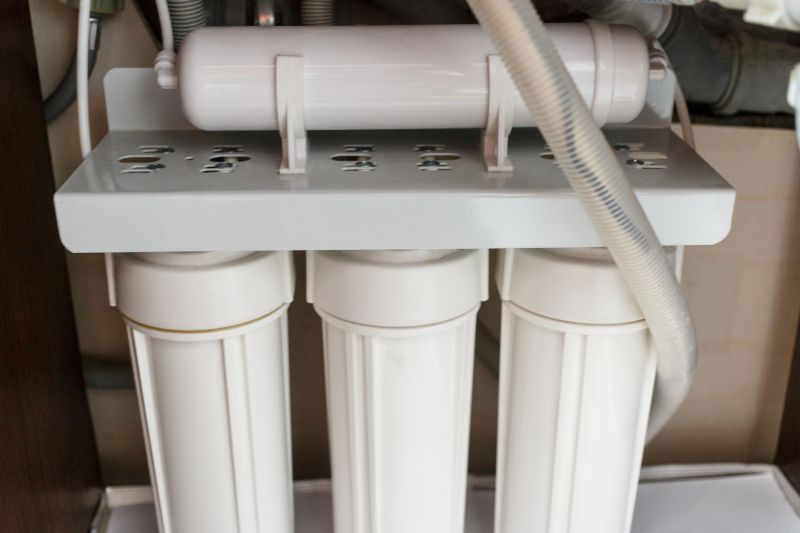
Connecting the water softener to existing plumbing.
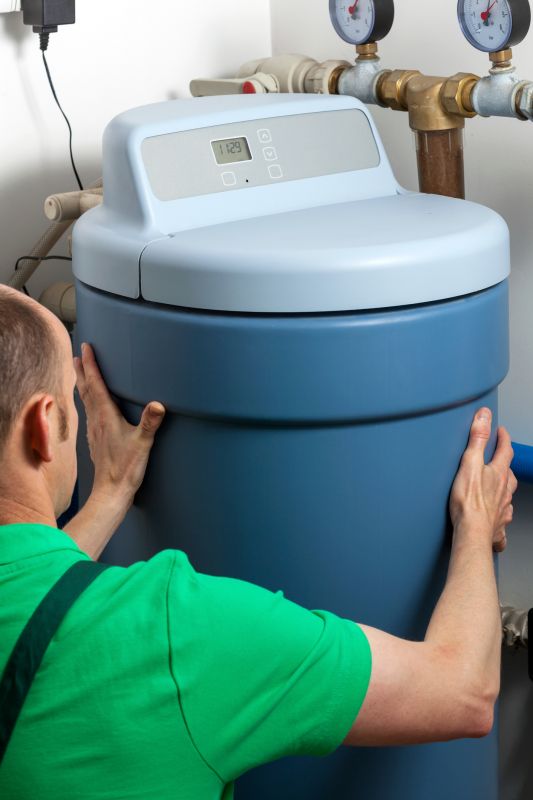
Configuring the system's control valve for optimal operation.
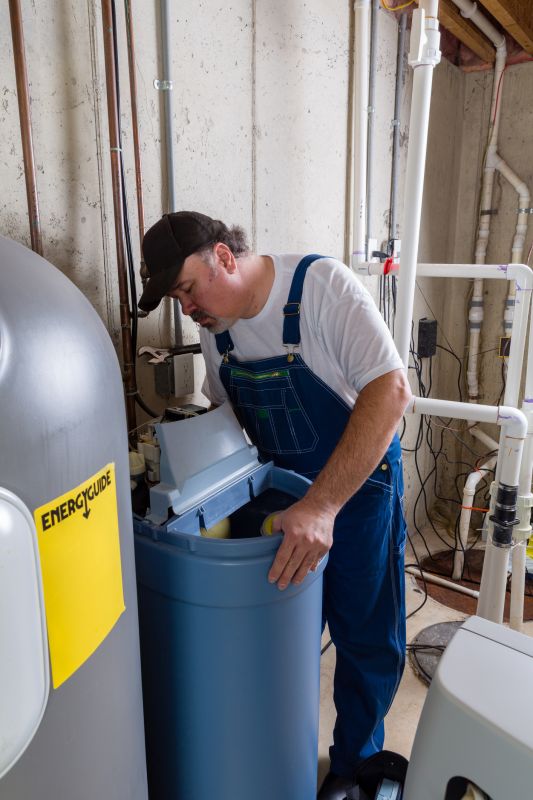
Proper drainage setup for the water softening process.
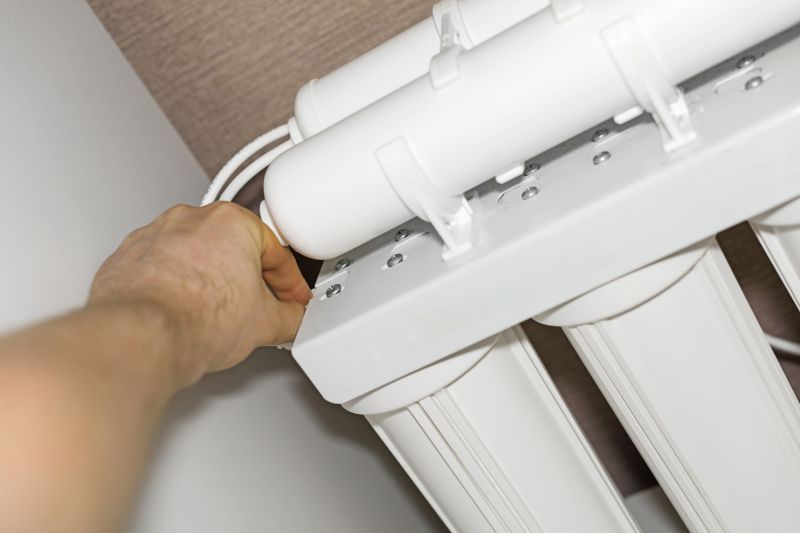
Allowing water flow control during and after installation.
Statistics indicate that households with water softeners experience fewer appliance malfunctions, reduced soap usage, and prolonged lifespan of plumbing fixtures. Installing a water softener can significantly enhance water quality and reduce maintenance costs.
Improves water quality, prevents scale buildup, extends appliance life, and reduces soap and detergent usage.
Assessment of water quality, system placement, connection to existing plumbing, and system testing.
Typically, a professional installation takes a few hours, depending on system complexity and property layout.
Access to plumbing areas, clearing workspaces, and scheduling an appointment with a professional.
The installation process generally involves site assessment, system placement, plumbing connections, and system testing. Professionals ensure that the system is correctly integrated and functioning efficiently.
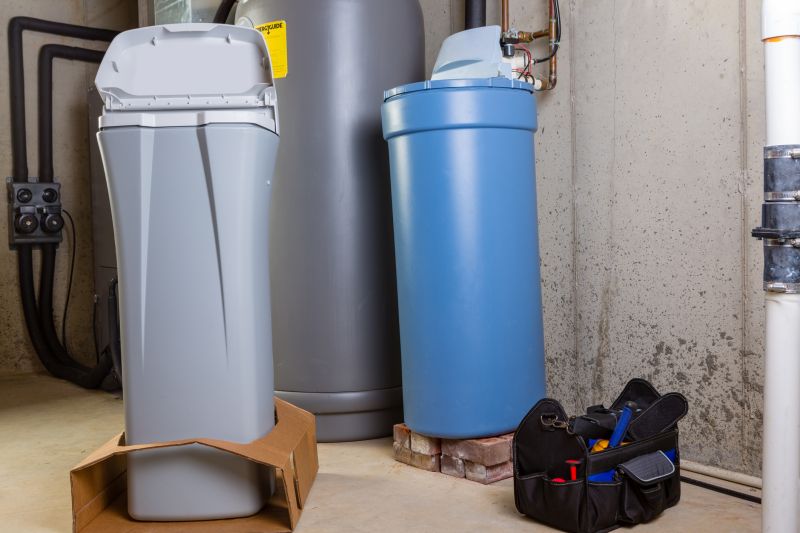
Technicians connecting the water softener system to household plumbing.
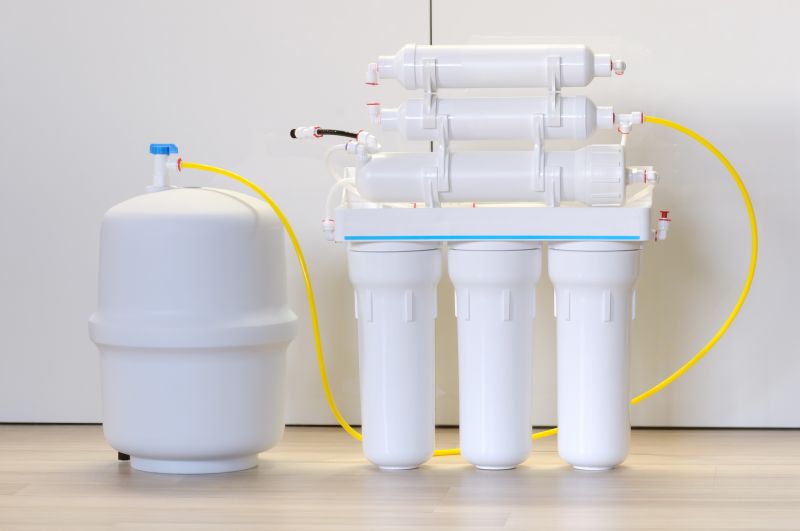
Proper positioning of the water softener for optimal operation.
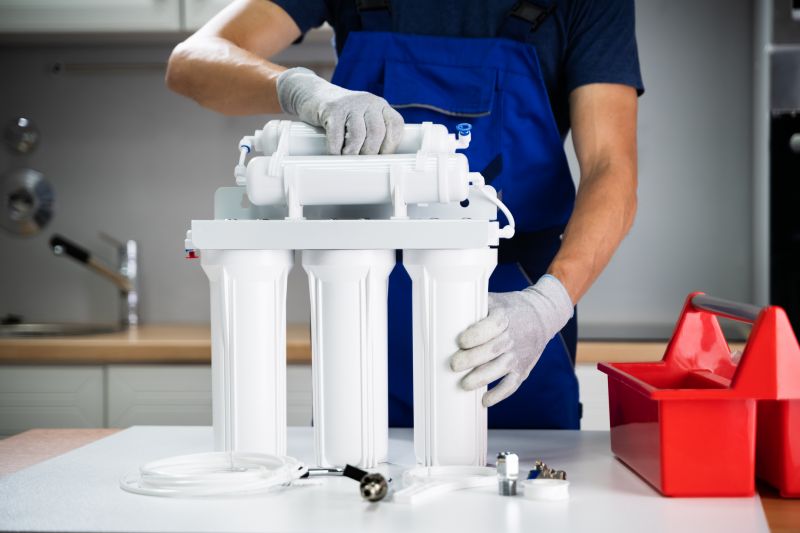
Securely attaching the system to the main water supply.
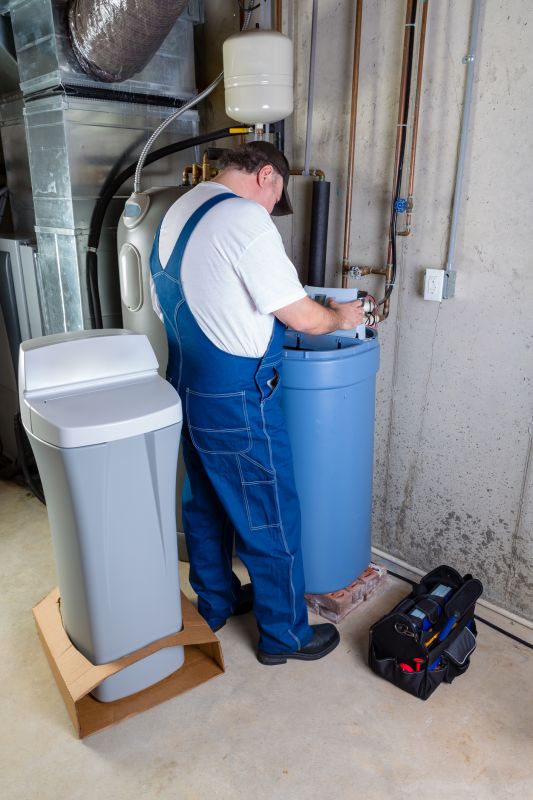
Ensuring proper drainage during and after installation.
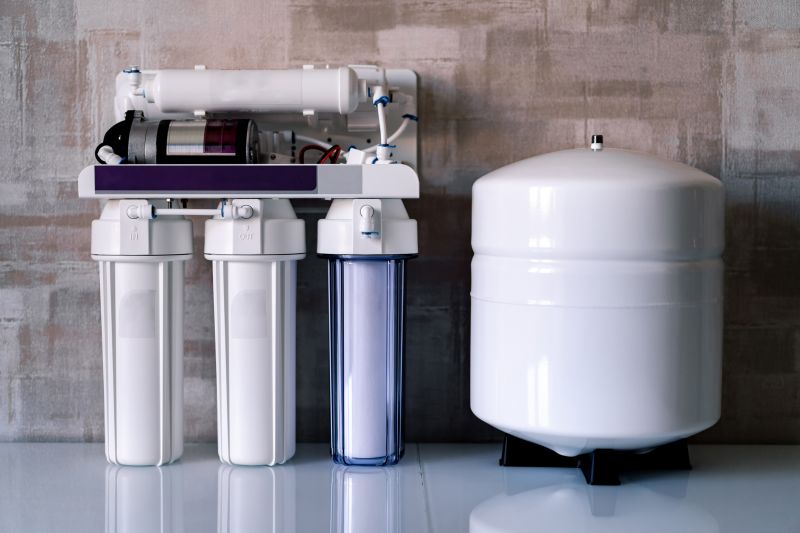
Setting up the system controls for efficient operation.
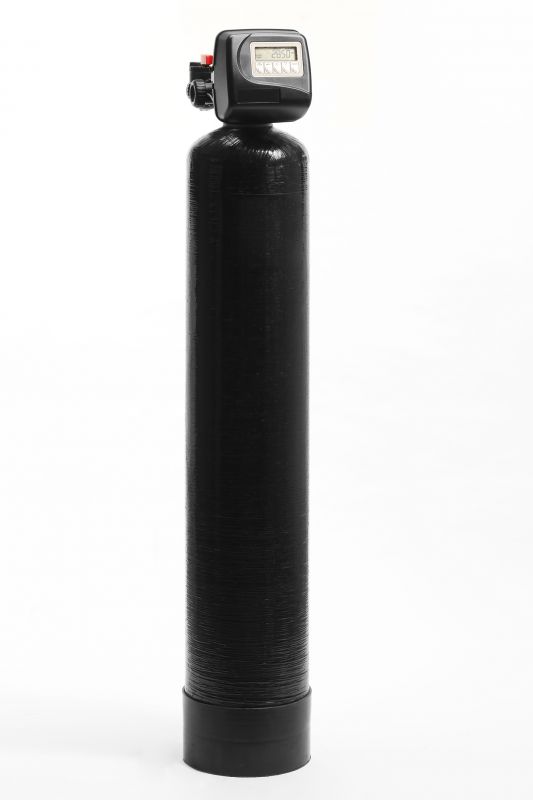
Verifying connections and system functionality.
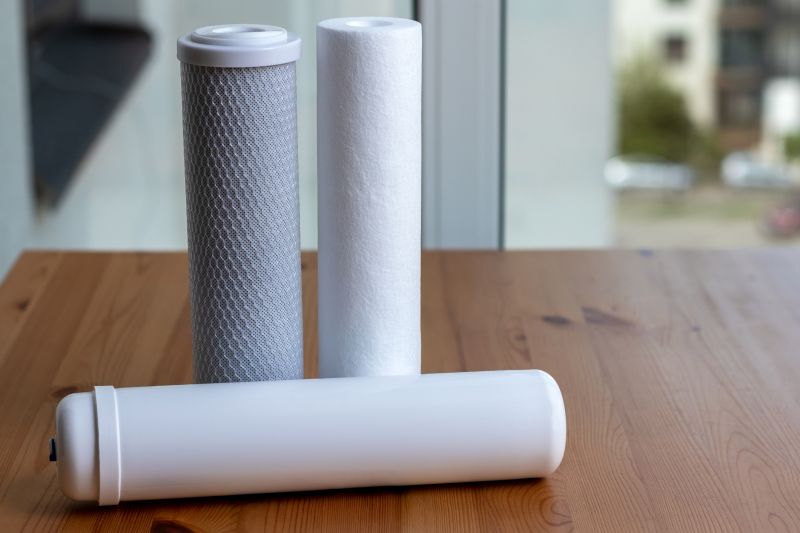
Ensuring the water softener is working correctly.
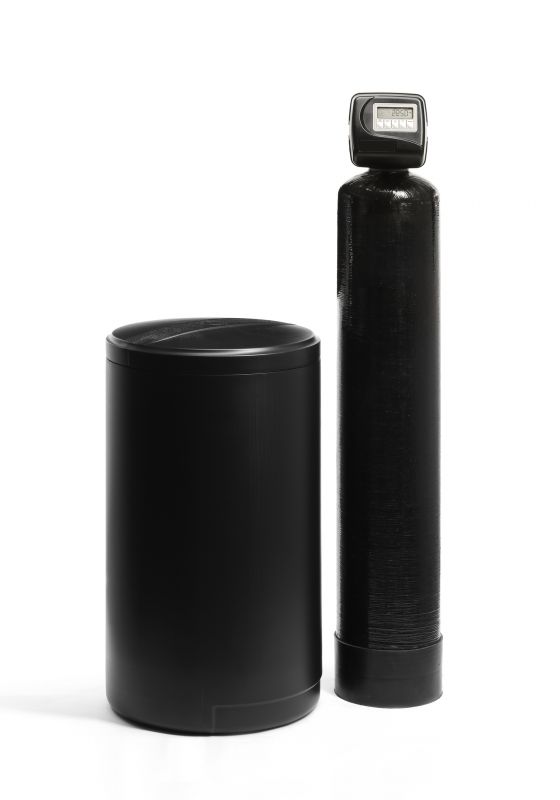
Water softener system ready for use in a residential setting.
Interested in improving water quality through professional water softener installation? Fill out the contact form to receive a quote tailored to specific needs and property requirements.


